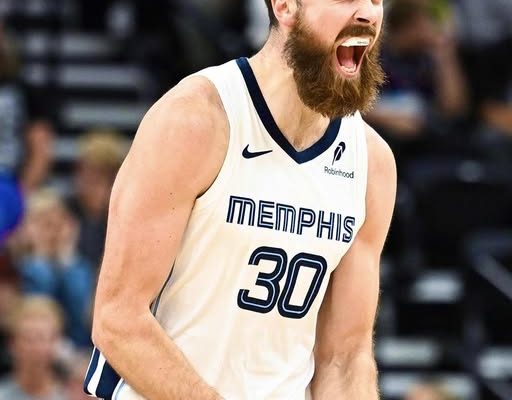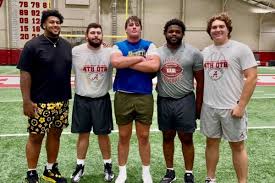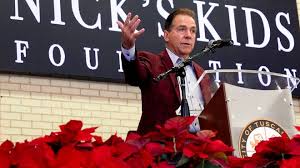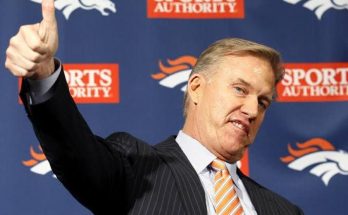The Indiana Pacers have made one of the most surprising and cost-effective moves of the offseason by acquiring center Jay Huff from the Memphis Grizzlies in a deal that could significantly reshape their future. The trade, which sends a single second-round pick and a second-round pick swap to Memphis, gives Indiana a player who not only boasts better efficiency numbers than Myles Turner but also comes with a team-friendly contract that saves the franchise a staggering \$100 million in long-term salary commitments. At just 27 years old, Huff is three years younger than Turner and is widely considered one of the most underrated stretch bigs in the league. For a team like the Pacers, who are currently navigating a transition phase due to the Achilles injury of star point guard Tyrese Haliburton, this move is not just about immediate performance but also about building financial flexibility and unlocking developmental opportunities for their young core.
Jay Huff’s rise over the last few seasons has been nothing short of remarkable. Once considered a fringe NBA player, Huff honed his game in the G League and eventually carved out a role as one of the most efficient backup centers in the NBA last year. His shooting splits alone make him an intriguing prospect for a starting role: 52 percent from the field, 41 percent from three-point range, and 79 percent from the free-throw line. Those numbers don’t just compare favorably to Myles Turner—they surpass them. Turner, despite being a quality stretch-5 and shot blocker, shot 48 percent from the field, 40 percent from three, and 77 percent from the free-throw line last season. While the difference might seem marginal at first glance, over the course of an 82-game season, that level of efficiency adds up, especially when factoring in the reduced financial burden Huff’s contract brings.
The Pacers’ decision to part ways with Turner had been rumored for months. With Turner’s contract worth over \$100 million more than Huff’s deal and his injury history raising concerns, Indiana saw an opportunity to reset their center position while gaining flexibility to build around Haliburton and the young talent they have been accumulating. Huff’s contract is particularly attractive: \$2.3 million for the 2025-2026 season, \$2.7 million for 2026-2027, and \$3 million for 2027-2028, with a team option in the final year. This structure allows the Pacers to evaluate Huff’s fit and development without being locked into a massive financial commitment. In an era where NBA big men can sometimes command inflated contracts, this is an absolute steal.
Another factor that makes this trade a win for Indiana is the lack of pressure for the upcoming season. With Haliburton sidelined potentially until the start of the 2026-2027 season due to his Achilles injury, the Pacers are entering a phase where development and evaluation take precedence over immediate playoff contention. Players like Bennedict Mathurin, Jarace Walker, Ben Sheppard, and Isaiah Jackson will get more opportunities to grow and expand their roles, while veterans like Huff can provide both stability and mentorship. This approach gives Indiana a level of flexibility that few teams in their situation possess—they can choose to push for a postseason spot if the team gels and performs above expectations, or they can focus on developing their core and potentially land a high draft pick, as they control their own 2026 first-rounder.
Huff’s skill set fits seamlessly with what head coach Rick Carlisle wants from his big men. He can stretch the floor, knock down threes at an elite clip for a center, and protect the rim with his shot-blocking instincts. Standing 7-foot-1 with a long wingspan, Huff brings both defensive presence and offensive versatility, which will allow the Pacers to run five-out offensive sets or mix in high pick-and-roll actions with their young guards. His mobility also makes him a better fit in modern NBA defensive schemes, where big men are often asked to switch or show aggressively on pick-and-rolls. If Huff can continue to develop his post game and improve his passing, there is a realistic scenario where he not only replaces Turner’s production but even surpasses it.
From a financial standpoint, this trade cannot be overstated. By moving on from Turner and replacing him with Huff, Indiana essentially clears up cap space that can be used in the coming years to build around Haliburton and their young wings. A \$100 million savings opens the door for adding another star-caliber player via trade or free agency when the time is right. More importantly, it allows Indiana to avoid being tied down to a contract that could become an albatross if Turner’s injury history continued to be an issue. For a mid-market team like the Pacers, managing the salary cap is crucial to maintaining flexibility and competitiveness in the long term.
For Memphis, this deal is also a reflection of their shifting priorities. With Jaren Jackson Jr. entrenched as their starting power forward/center hybrid and a roster that already has solid depth in the frontcourt, Huff was an expendable piece. Turning a backup big man into a future second-round pick and a swap is not a bad return, particularly for a team that needs as many assets as possible to maintain flexibility around Ja Morant, Desmond Bane, and Jackson. However, in terms of raw value, the Pacers clearly come out as the winners of this trade.
The big question now is whether Huff can thrive as a starter in Indiana. Backup centers often look great in limited minutes, but the demands of a starting role can expose weaknesses. However, Huff’s skill set suggests he is more than capable of making the transition. His shooting ability will keep defenses honest, opening driving lanes for guards like Mathurin and Sheppard, while his rim protection will provide a safety net for Indiana’s perimeter defenders. If anything, Huff might thrive even more with increased playing time and a defined role. Carlisle’s system has historically brought out the best in versatile big men, and Huff might be the latest beneficiary.
The Pacers’ fan base has long been known for appreciating hardworking, blue-collar players who bring both production and efficiency without demanding the spotlight. Huff fits that mold perfectly. He is not a flashy player, but his impact on both ends of the floor is undeniable. Pairing him with a developing young frontcourt that includes Isaiah Jackson and Jarace Walker gives Indiana a lot of versatility in their rotations. Jackson, known for his athleticism and shot-blocking, can complement Huff’s floor-spacing, while Walker’s defensive instincts and rebounding add another layer of toughness.
Looking ahead, Indiana’s path is wide open. With Haliburton expected to return for the 2026-2027 season, the Pacers are essentially in a two-year evaluation window. They can experiment with lineups, give young players extensive minutes, and see which pieces are worth keeping long-term. Huff’s contract, combined with the team’s control over key young assets and draft picks, positions them well to make a major leap when Haliburton is back to full strength. By that time, Mathurin, Sheppard, and Walker could all be much more polished players, and Huff could be an established starting center with a strong rapport with the team’s core.
There is also the potential that Huff’s contract becomes one of the best bargains in the league, which could make him an attractive trade asset if Indiana decides to pivot again. Having a productive center on a contract worth just over \$2 million annually is a rare luxury in today’s NBA. Even if Huff doesn’t emerge as a star, his combination of shooting, size, and defensive ability makes him a valuable contributor for any contender, meaning the Pacers could leverage his value down the road if needed.
In the immediate term, the Pacers have accomplished something that many teams strive for but few achieve—they have upgraded their roster while simultaneously improving their financial flexibility. Myles Turner’s departure might sting for some fans, as he was a homegrown talent who developed into one of the league’s better defensive centers, but the writing had been on the wall for months. Turner’s price tag and timeline simply didn’t match where Indiana is right now. Huff, on the other hand, represents both present value and future potential at a fraction of the cost.
The Pacers’ front office, led by Kevin Pritchard, deserves credit for recognizing this opportunity and pouncing on it. In a league where big men can sometimes be overpaid for limited skill sets, finding a player like Huff who can stretch the floor, defend, and fit seamlessly into the modern NBA game for under \$3 million a year is almost unheard of. This move also sends a message to the locker room and the fan base that the Pacers are not content with mediocrity—they are willing to make bold, forward-thinking decisions that prioritize both competitiveness and sustainability.
Ultimately, the Jay Huff trade could be remembered as one of those under-the-radar moves that sets the stage for a franchise’s resurgence. It’s not just about the numbers or the contract, though those are undeniably impressive. It’s about the philosophy of building smart, adaptable teams that can weather injuries and setbacks while remaining poised for a breakout when the time comes. For Indiana, the combination of youth, efficiency, and financial freedom that Huff brings could be the foundation of something special in the next few seasons. If Haliburton returns to full health and the Pacers’ young core continues to develop, this trade might be looked back on as the turning point that set everything in motion.



